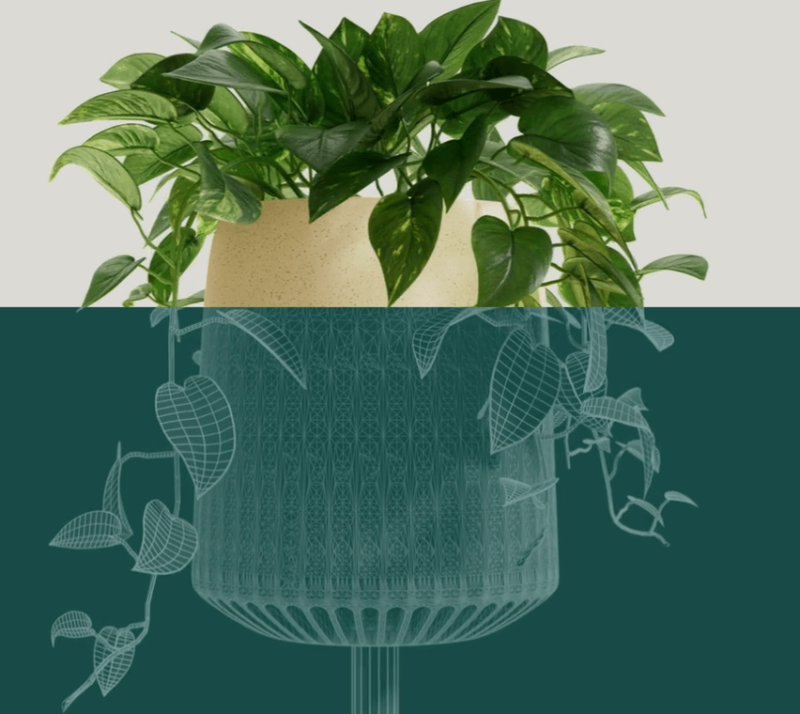It looks like an ordinary pothos, a common houseplant that you might already own. But a new plant called the Neo P1 was born in a lab: It’s been genetically edited to clean nearly 30 times as much air pollution from a room as a regular plant.
An air purifier with a HEPA filter can do a good job of cleaning one type of air pollution—particulate matter, like the soot from wildfire smoke—but the filters can’t capture volatile organic compounds, or VOCs, such as formaldehyde or benzyne. VOCs, which waft off everything from paint and carpets to toys and kitchen stoves, are unhealthy to breathe. Some types of purifiers work on VOCs but can cause other problems, generating by-products like ozone, another harmful gas. Air purifiers also use energy.
The gene-edited plant can turn formaldehyde into fructose, a sugar that it uses for food. It also turns benzene, toluene, xylene, and ethylbenzene into an amino acid that it uses to build proteins. The team focused on the microbiome surrounding the plant as well, choosing bacteria and fungi that naturally consume VOCs to add to the soil. It used directed evolution, an advanced form of breeding, to create versions of the microorganisms that could take in pollution more efficiently.































